If you're looking to set up multiple/external monitors on your laptop or desktop, Micro Center has you covered!
Please check out our other helpful articles on this subject:
Docking stations allow laptops that lack multiple video ports to connect to multiple monitors. Similar to USB Adapters, they connect to your laptop through a USB port or USB-C port and then provide multiple video ports to connect your monitors (along with a variety of other ports).
For docking stations, you may need to download drivers or use an installation CD to get a Docking Station to work. They also may need to be powered by another power source and aren’t always powered solely through the laptop, but that will vary by docking station model.
Setting up a Laptop with a Docking Station
1. Check the specifications of your laptop for information regarding the number of displays it can support and the type of connections the laptop has available, such as HDMI, USB, Thunderbolt, etc.

2. Typically, there will be at least one connection available from the laptop for another display such as HDMI or VGA. You can connect your first external monitor to this connection to get a second display.
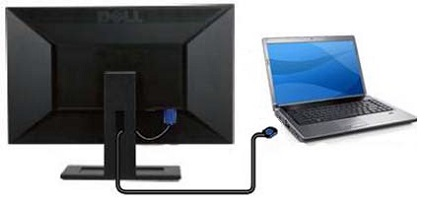
3. Now if you are looking for a third display, you will typically need a docking station to add more ports to the laptop. There are universal docking stations that will work with most systems.
4. Docking Stations may use a USB-A, USB-C or Thunderbolt to connect to your laptop. Check your laptop connections and make sure you have the proper one.
5. Docking Stations may require you to install drivers which can be found with an included CD/DVD or can be found on the manufacturer’s website.
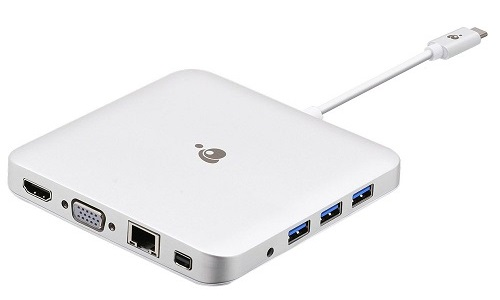
6. Connect the docking station to the computer. Connect the external monitors to the docking station using the available video ports on the station

7. Now, we need to set up some settings on your computer for the multiple monitors.
Right click anywhere on your desktop on your computer and select Display settings
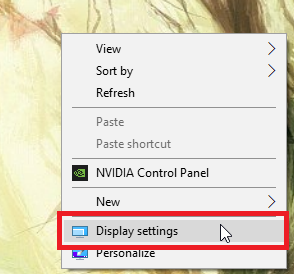
8. You should now be in your Display Settings and should be seeing rectangles equal to the amount of monitors you have connected.
Next, you want to click Identify and it should show numbers on your monitors, drag the monitors with the corresponding number into the formation you have your monitors in. Then click apply when they are in the proper position. In my example, my monitor that has the number 1 is on my right side.
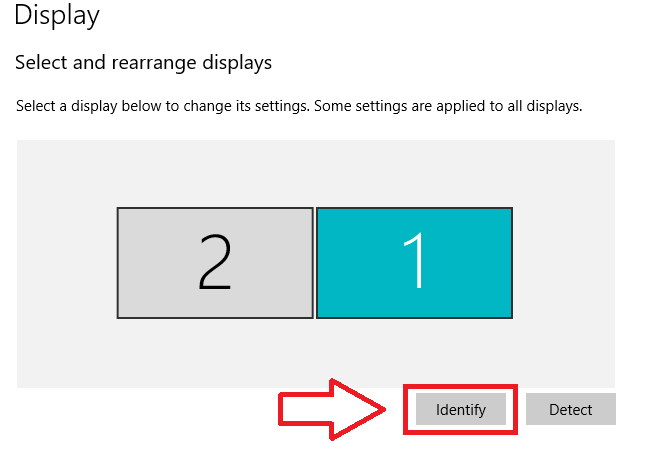
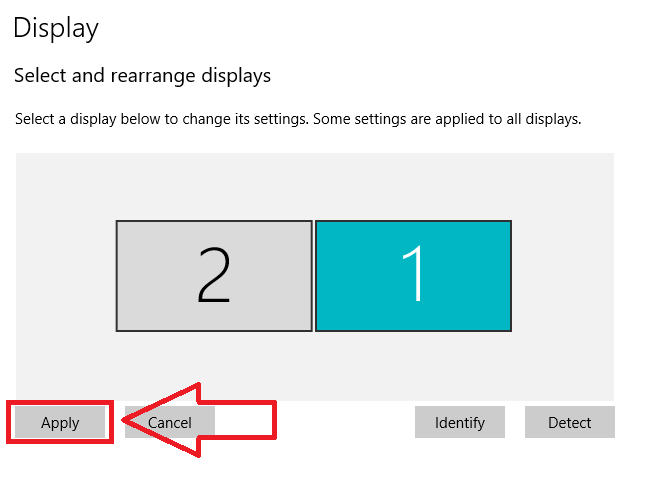
9. In the case, the monitors are mirroring each other and not one combined workplace, you will want to scroll down to Multiple displays and select Extend these displays

10. One of your multiple monitors will be the “Main Monitor” where programs will open in by default and where most of your programs' shortcuts will be placed.
Select the monitor you want as your main, it should Highlight Blue. Then scroll down to "Multiple Displays" and select Make this my main display.


That's it, now you should have additional displays up and running. Keep in mind you can drag/arrange the monitors here in Display Settings at any time in case it is not set up to your liking.